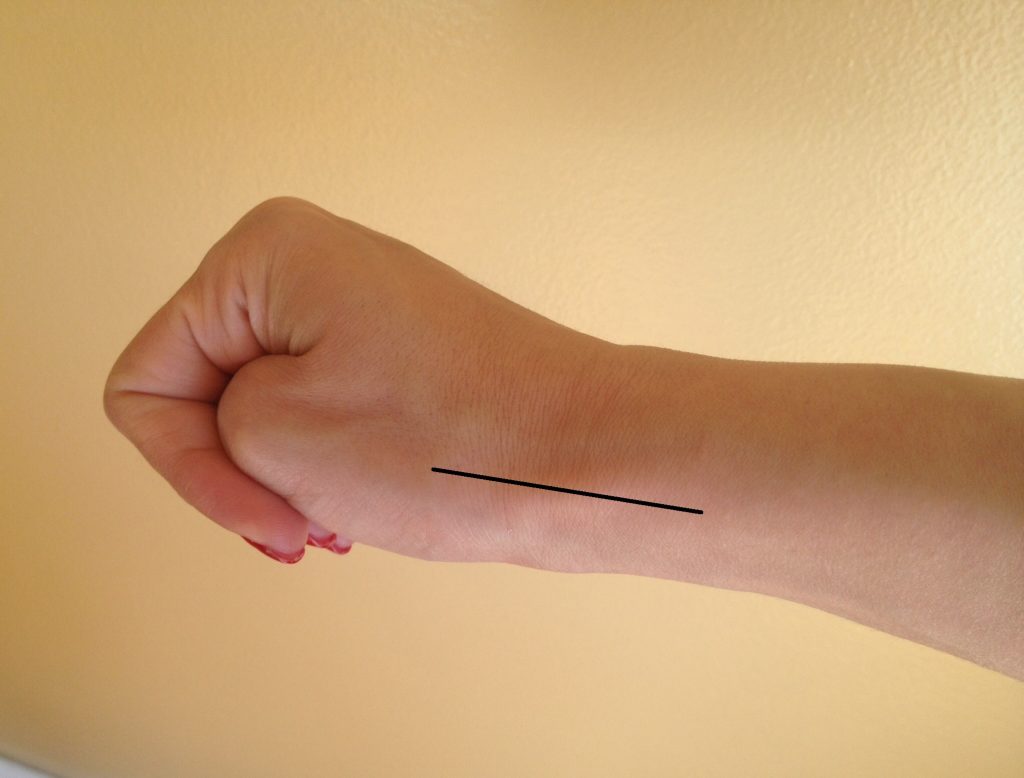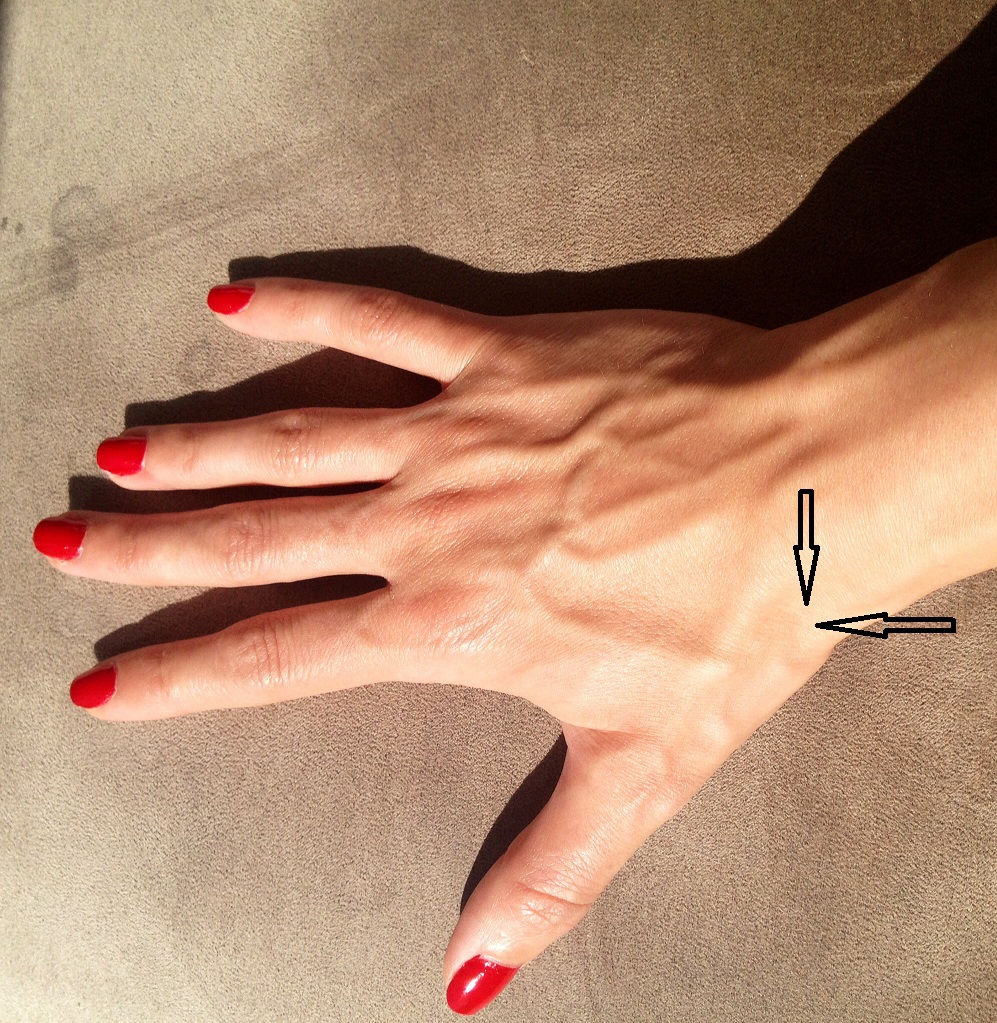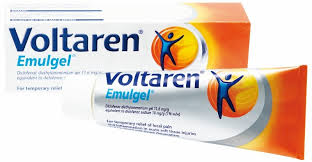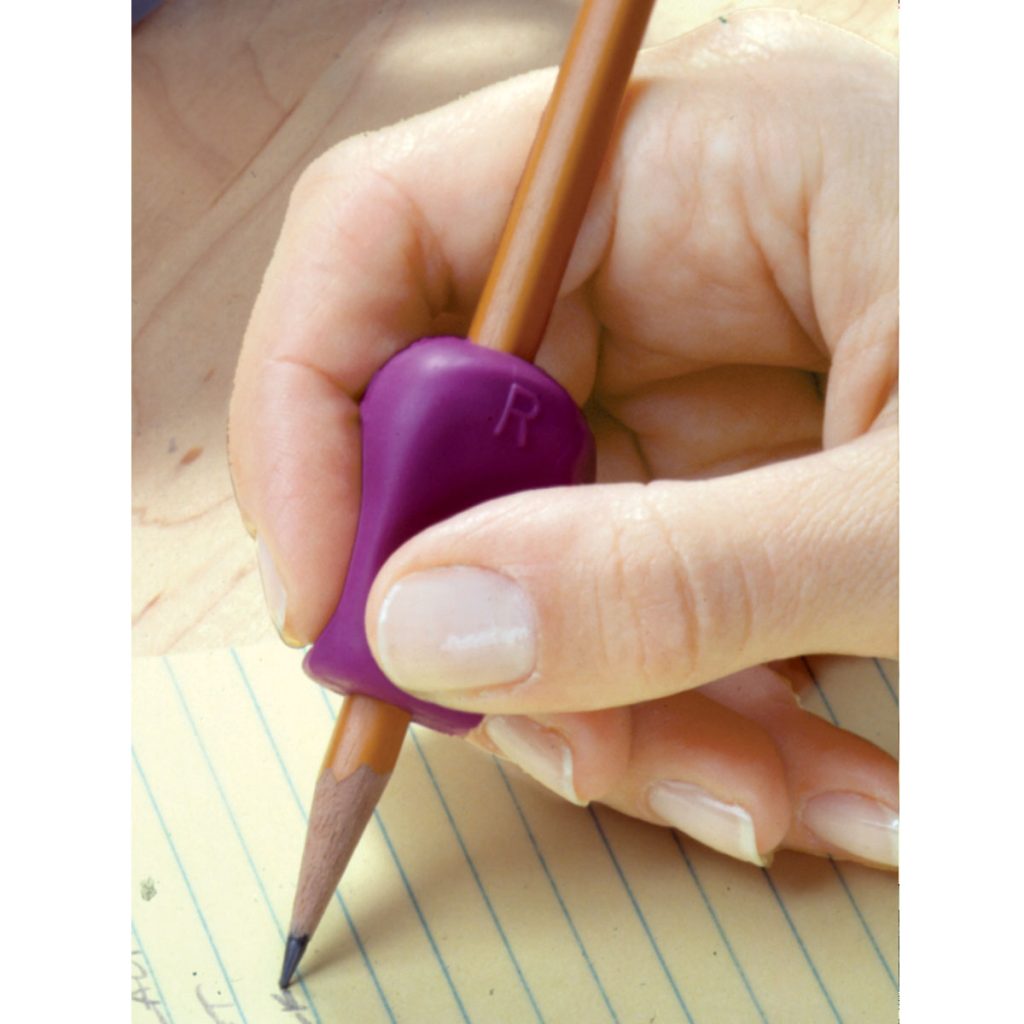What causes thumb pain?

The most common causes of thumb pain are arthritis and tendonitis. De Quervain’s tendonitis is caused by the inflammation of the two tendons that extend the thumb (move the thumb up, as in hitchhiking). Arthritis of the base of the thumb joint is one of the most common and early forms of osteoarthritis and the number one cause of thumb pain.

How to distinguish between the two? First palpate the base of the thumb where it meets the wrist. Is this area tender or even swollen? This may indicate arthritis in this area. Next, put your thumb in a closed fist, extend your arm and lower the fist. This extends the tendons and can cause pain in the area if there is tendonitis.
Ways to decrease thumb pain:
Whether from arthritis or tendonitis, there are conservative, nonsurgical ways to decrease pain in this area:
1) Bracing
Using a hand-based thumb spica splint is known to help with thumb pain whether from arthritis or tendonitis. The splint stabilizes the base of the thumb but leaves the thumb tip, fingers and wrist unrestricted. This way you will still have full function of your hand while protecting the base of the thumb.
Warning!

Carpal tunnel braces, which have a hole where the thumb is, will not help stabilize the thumb and will not reduce thumb pain.
2) Topical analgesic creams

Creams like Voltaren gel can be applied to the area to reduce pain and inflammation without affecting the entire body. Combination of diclofenac (active ingredient of Voltaren gel) with lidocaine can be made by some compounding pharmacies and may be available by a prescription. Other topical creams, like Capsaicin and Aspercreme can also be used with caution as they can cause stinging if they touch the eye.
3) Strengthening exercises
Specific exercises to strengthen the muscles and tendons supporting the thumb can be recommended by an occupational therapist. The goal of these exercises is to strengthen the area without causing further pain and damage.
4) Thermal modalities
Application of heat or ice to the area may help with pain relief and even decrease inflammation.
Paraffin baths and heat wraps can also provide relief.
5) Joint preservation techniques
Arthritis and tendonitis both occur as a result of overuse. So techniques that reduce force to the area can help decrease thumb pain and heal symptoms. The basic principles of joint preservation are:
- Using larger, more stable joints during activities
- Providing appropriate rest or break periods
- Decreasing muscle force
- Using adaptive equipment if appropriate
For example, instead of lifting a bowl by pinching the rim with your thumb and forefinger, carry it using the palm of your hand. Use assistive devices to open water bottles and jars, use foam grips for pens and pencils, use electric can openers, etc.
Here are a few examples:




References:
http://www.aidsforarthritis.com/catalog/index.html
http://www.arthritissupplies.com/around-the-house.html






